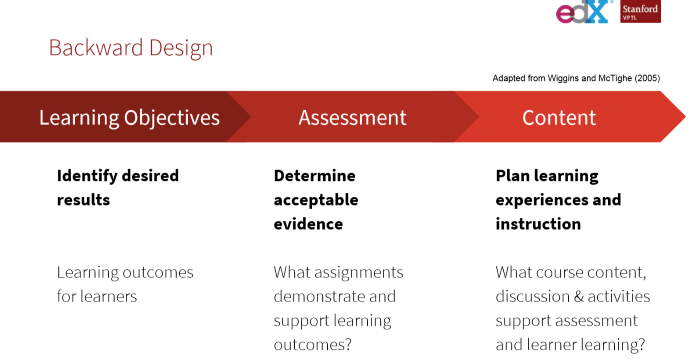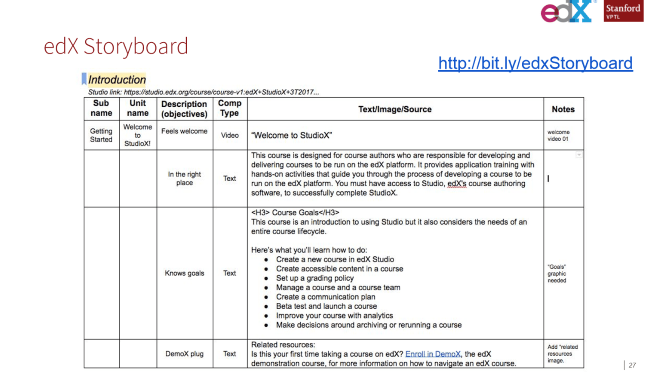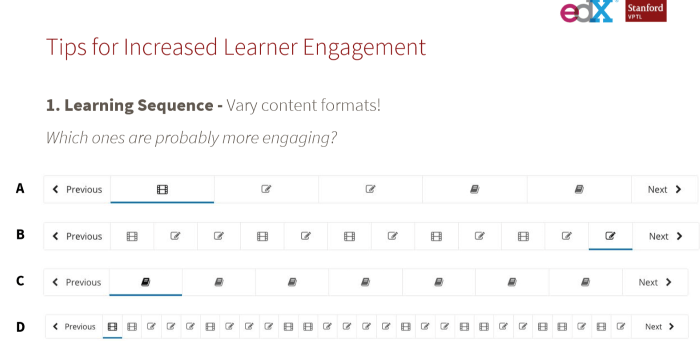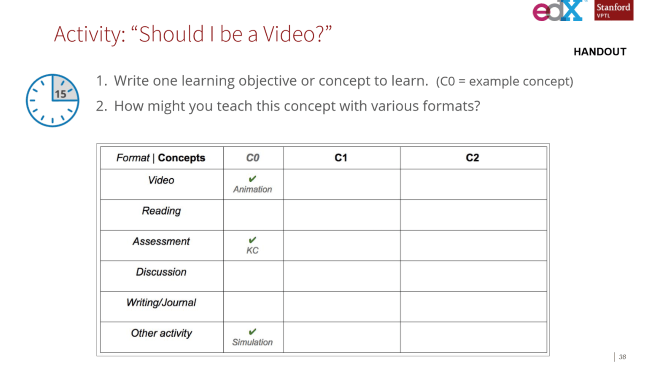The 2019 Open edX Conference included one of the best seminars/workshops for content creators: The Instructional Design Summit.
When your Uber driver drops you off at the back entrance, you don’t know what to expect. You see everything in the reverse order you’re supposed to, but you get the first crack at the pastries everyone else is drooling over. Then, when you finally get to the front, you turn around and see the banner for the 2019 Open edX Conference and realize you’re here.
Open edX is an open-source, collaborative, online-learning platform that allows you to build online courses for online campuses, instructor-led courses, or self-paced learning. It’s likely that if you’ve taken any of the increasingly popular online courses, it was built on Open edX. This brings us to our participation in this week-long conference. Data Science Dojo offers a top-rated Data Science Bootcamp. Our boot camps are a blended learning experience that couples hands-on, in-person training with online learning. Students will gain access to all of their Bootcamp materials (pre and post as well) which include recorded videos, slides, quizzes, labs, and homework, and can even go back and refresh the material once the training is complete.
This is part one of a breakdown of the sessions the Data Science Dojo team participated in, what we learned, and how we are going to use that knowledge in our ongoing projects.
Instructional Design (ID) Summit
On Tuesday, we participated in the ID Summit. The summit focused on how to create an online course from scratch. This was a great talk for the marketing team and another non-technical folk as it discussed the approach to creating a course on Open edX by keeping the learner in mind.
Backward design
One of the learner-centered design concepts focused on backward course design.

Learning objectives
Another item that was discussed was to have clear messaging on your online platform. When creating a learning objective in your course, you want to use action verbs to describe the outcome the students should expect once the course is complete. It’s easy for people to “know” things, but do they “understand” them?
Here are some examples of clear learning objectives:
- Students will be able to draw the body of a cell.
- Students will be able to establish the difference between errors in type I and type II
In our online platform, we state very clearly that students will be able to:
- Learn the theory and practice of data science and data engineering using state-of-the-art tools
- Explore, visualize, and cluster data
- Build and evaluate predictive models for classification and regression
During the summit, we were given a helpful worksheet to help us with our thought processes. You can view that worksheet here.
The open edX storyboard
Now that we thought about what we want our students to accomplish, it’s time to start building how they will accomplish the objectives. Storyboarding will help you visualize the different sections, subsections, units, and components your course will have.

Storyboarding also helps you to see the component types your units will require. It’s important to use a variety of media in your learning because you don’t want the learner to be bored during the lessons. Remember back to a time when you were sitting in class, thinking about whether or not the top stops spinning at the end of Inception rather than the lecture on Active Galactic Nuclei in your astronomy class. Active Galactic Nuclei might not be such a boring topic, but I think you get the point. Daydreamers don’t learn!

Did you get the answer correct? Hint: You don’t want the course to feel impossibly long and learners typically like a variation of content types. At the ID Summit, our speakers said to keep each unit to a limit of three components. This is to keep the learner engaged while making it feel like they are making their way through the course.
Online classroom component types: Videos
Videos are by far the most work to create, but important for learner engagement. Here are a few situations where you can (and should) use a video:
- Engagement or Passion
- Time Shift
- Location
- Demonstration
- High Concept or Abstract
One way to find out whether or not to make a video is to map out your concepts with the various formats.

Not only will creating a chart like this help you decide what should be a video, but it will also help you visualize the different types of components your units will have.
Conclusions from the instructional design summit
When you’re creating a course, you have to start at the end. What do you want your learners to understand when they complete your course? When you’ve answered that question you can move on to mapping and creating content. Remember to keep the learner engaged with different component types.
Attending the ID Summit has helped us to better understand our course objectives and how to create a successful learning environment. If you would like to take a peek, send Data Science Dojo a request at [email protected].
Special thanks to our instructors Ben Piscopo and Alison Brauneis.

